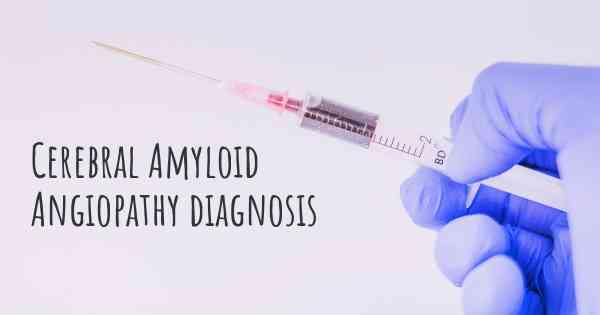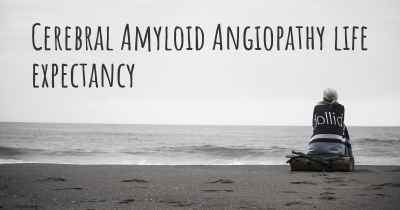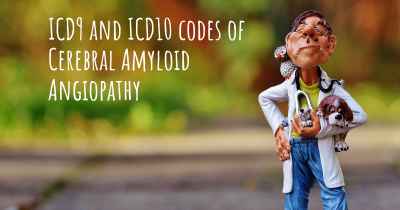How is Cerebral Amyloid Angiopathy diagnosed?
See how Cerebral Amyloid Angiopathy is diagnosed. Which specialists are essential to meet, what tests are needed and other useful information for the diagnosis of Cerebral Amyloid Angiopathy

Cerebral Amyloid Angiopathy (CAA) is a condition characterized by the accumulation of amyloid protein in the walls of blood vessels in the brain. It is commonly associated with aging and is a major cause of cerebral hemorrhage in older individuals. Diagnosing CAA involves a combination of clinical evaluation, neuroimaging techniques, and sometimes, a biopsy.
Clinical Evaluation: The first step in diagnosing CAA involves a thorough clinical evaluation. The healthcare provider will review the patient's medical history, including any symptoms or risk factors for CAA. They will also perform a physical examination to assess neurological function and look for any signs of cognitive impairment or neurological deficits.
Neuroimaging: Neuroimaging techniques play a crucial role in diagnosing CAA. Magnetic Resonance Imaging (MRI) is the most commonly used imaging modality. It can reveal characteristic findings such as multiple microbleeds, white matter changes, and cortical superficial siderosis. These findings are suggestive of CAA but are not definitive.
Advanced Imaging Techniques: In some cases, advanced imaging techniques may be used to aid in the diagnosis of CAA. These include Amyloid Positron Emission Tomography (PET) scans, which can detect amyloid deposits in the brain. PET scans can provide valuable information about the extent and distribution of amyloid pathology, helping to confirm the diagnosis of CAA.
Biopsy: In certain cases, a brain biopsy may be necessary to definitively diagnose CAA. However, brain biopsies are invasive procedures and are typically reserved for atypical cases or when other diagnostic methods are inconclusive. During a biopsy, a small sample of brain tissue is removed and examined under a microscope to identify the presence of amyloid deposits.
It is important to note that diagnosing CAA can be challenging, as its symptoms and imaging findings can overlap with other neurological conditions. Therefore, a comprehensive evaluation by a healthcare professional experienced in neurodegenerative diseases is crucial for an accurate diagnosis.








